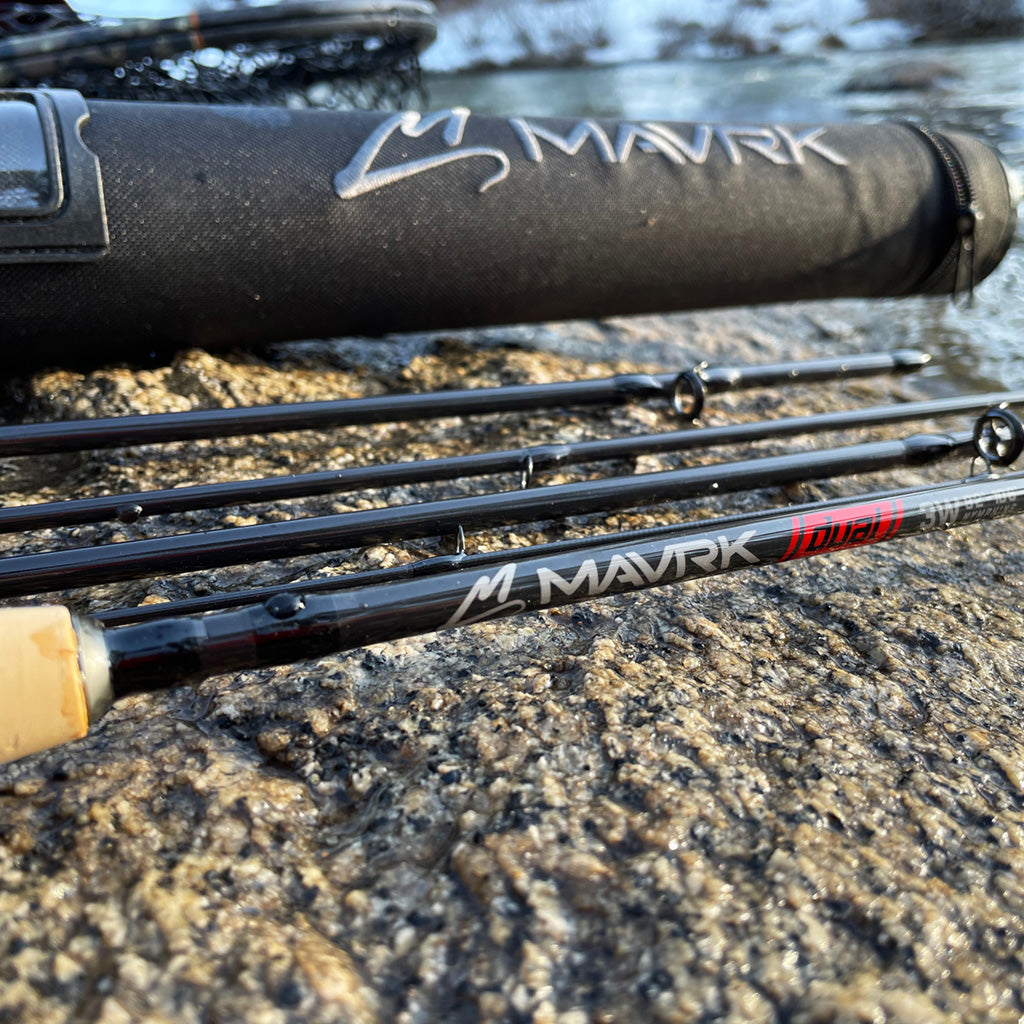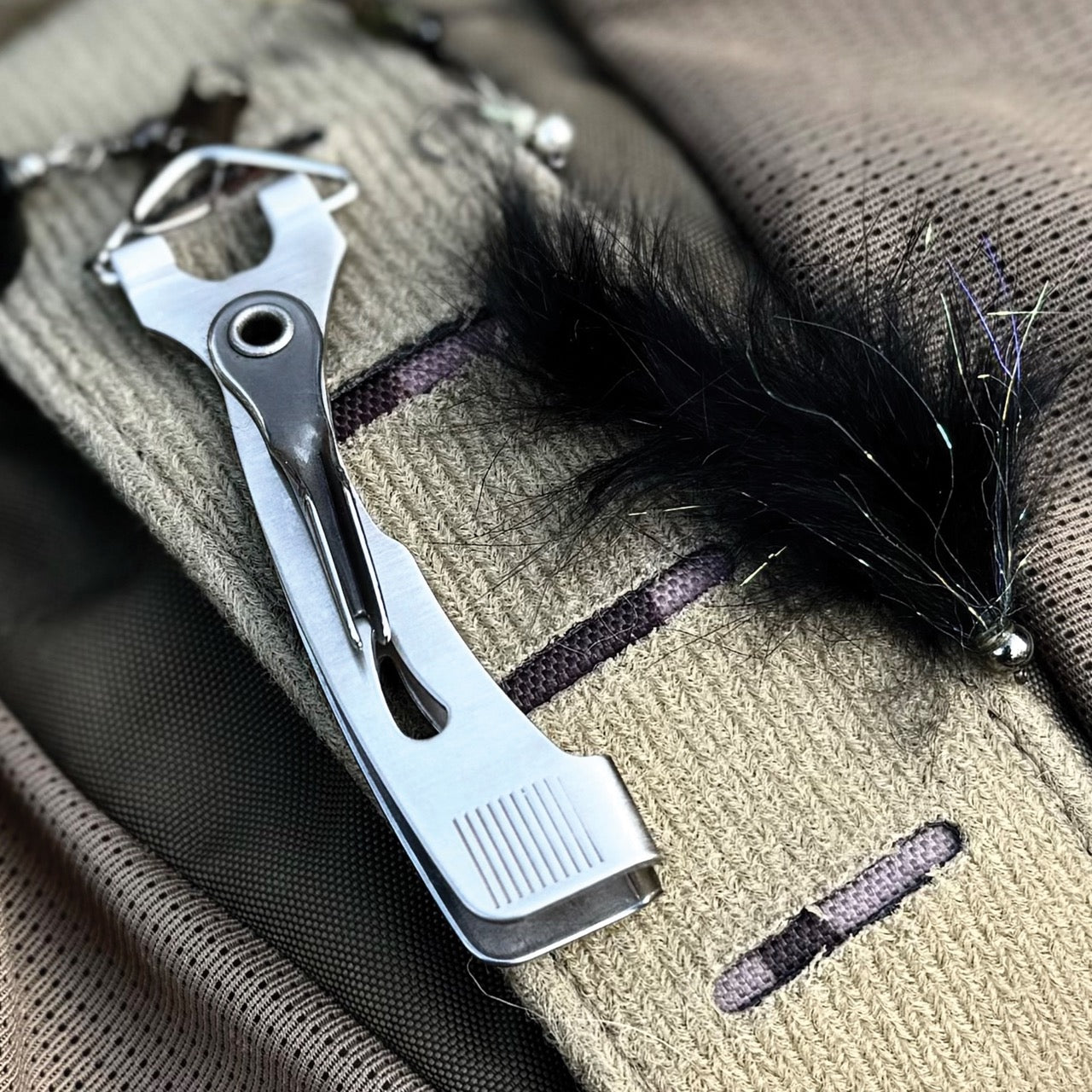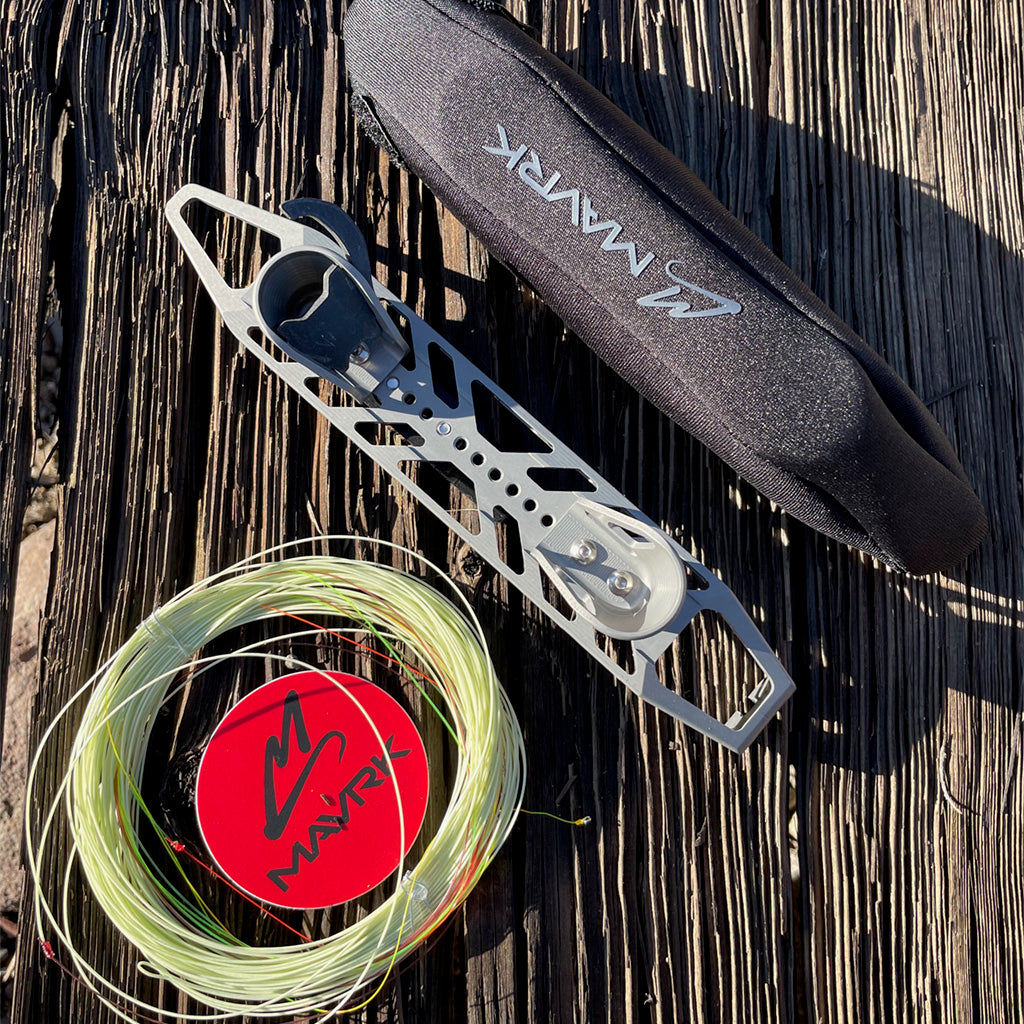When it comes to fly fishing gear, euro nymphing is the simplest, by far. Yes, it’s specialized gear but for good reason. Choosing ESN gear is easy, especially compared to traditional fly gear.
Here are key things you need to know:
ESN Rods
Choosing an ESN rod doesn’t get any simpler.
A 10’ or a 10’ 6” 3wt. has become the standard go to ESN rod. This length provides better reach when elevating the line off the water. Rods shorter than 10 ft. compromise reach, distance, and line control, and longer than 10’6” the rod becomes slow, heavy, and more fatiguing to use. 10 to 10’ 6'' is the sweet spot. If you can afford a premium rod that is light (under 3 oz), go with the 10’ 6.” If your budget is tight, cheaper rods weigh more and so 10’ may be a better option.
Why a 3 wt.? Because modern euro nymph rods are long with a flexible tip, the butt and mid-section need to be constructed stiffer. This is why euro nymph rods are so versatile, they are both agile and powerful.
*A 10’ 6” 3wt ESN rod will typically have more strength than its traditional 9’ 5wt cousin, so it’s rare that one will need anything larger than a 3wt for trout. And if a 4wt is required to fish for the heavy weights, it may be a good idea to go a little shorter in length to keep the weight down and to preserve your casting arm.
ESN Fly Line
ESN fly line is simple because its main feature is its lightness. The lighter the line the better elevating the line off the water's surface.
For this reason, ESN Fly line is a simple level line, meaning that there is no taper. It’s coated with the same PVC material as floating line to provide better line grip when fighting fish.
*Because ESN fly line is level, it’s vastly less complicated than shooting because there is only one type. Whereas with shooting line, the weight, taper, floating or sink rate all must be considered in order to pair correctly with your rod type, rod construction, rod action, length, casting style, etc. etc.
See Mavrk ESN Fly Line Collection
ESN Leaders
Leader set up in a tightline rig is very simple and next to free since you can build it yourself. Think of your leader as a long section of nylon monofilament connecting your fly line to your tippet.
*Tightline leader is long (10-12 ft) and meant to be elevated off the water surface, so 3X will hang in the air with less sag but will be more difficult to see and cast. Whereas 0X will cast better but succumb to more sag than the 3X.
Building a custom leader using more sections can help address these issues based on your preference.
Here are some tips on custom leader setups:
- If you need better visibility for low light conditions use hi-vis mono line instead of clear mono.
- If you need more visibility for strike detection, use a section of sighter above your tippet, or color your line with fluorescent wax.
- If you want both better casting control and line elevation then use a section of heavier mono near the fly line and a section of lighter line near the tippet. 15/10 lb., 10/.8 lb., 8/6 lb. mono are great combinations to use, and a sighter section can be added at the end for better strike detection.
See Mavrk ESN Fly Leaders Collection
ESN Reels
When using tightline techniques for trout the reel is less important than other forms of fly fishing because it requires less line management.
Here’s why:
- The technique of tightlining for trout requires less fly line because the distance is limited to the amount of line that can comfortably be held above the water’s surface by the angler. Because less line is used, there is less line to manage.
- In tight line tactics the angler is tight to the fly. Strikes are felt instantaneously, so the hook set and pressure on the fish happens before a fish has a chance to run. For this reason, a drag system is typically not needed.
- Euro nymph tactics are the most effective on technical waters where good anglers strip fish in for better hand modulation during a fight vs putting them on the reel and cranking them in.
*We always recommend the lightest reel possible for tightline fishing. Less reel weight increases the action and sensitivity of your rod and gives the angler better reach. which improves line control and dead drifts.
See Mavrk ESN Reels Collection
Euro Nymph Flies
Although not necessarily considered gear, euro nymph flies are undoubtedly a more simplistic approach to fooling fish.
The major difference is that flies presented in the upper part of the water column have a much harder time enticing fish to swim up out of their comfort zone to eat. Whereas a fly delivered down low to the fish using tight line techniques puts the fly within easy reach.
So, while traditional anglers are focused more on fly patterns matching the hatch and looking realistic, the tightline angler only needs to choose a fly that will get down to the fish in the given water current.
*A euro nymph angler’s fly box can have fewer fly patterns to choose from. And the choice is based more on sink rate than what the fish prefers to eat at that time.
See Mavrk ESN Fly Tying Collection
Conclusion
Whether you’re looking to buy your first euro nymph outfit, or you’re a seasoned veteran, the gear is now very simplified. My best advice here is to buy the lightest gear you can afford.
And remember, when it comes to tightline fishing, it’s all about mastering the techniques.
By Jeff Sasaki, Mavrk Fly Fishing
















Leave a comment (all fields required)